Artist Interviews 2022
Roya Ghassemi 
By Julia Siedenburg
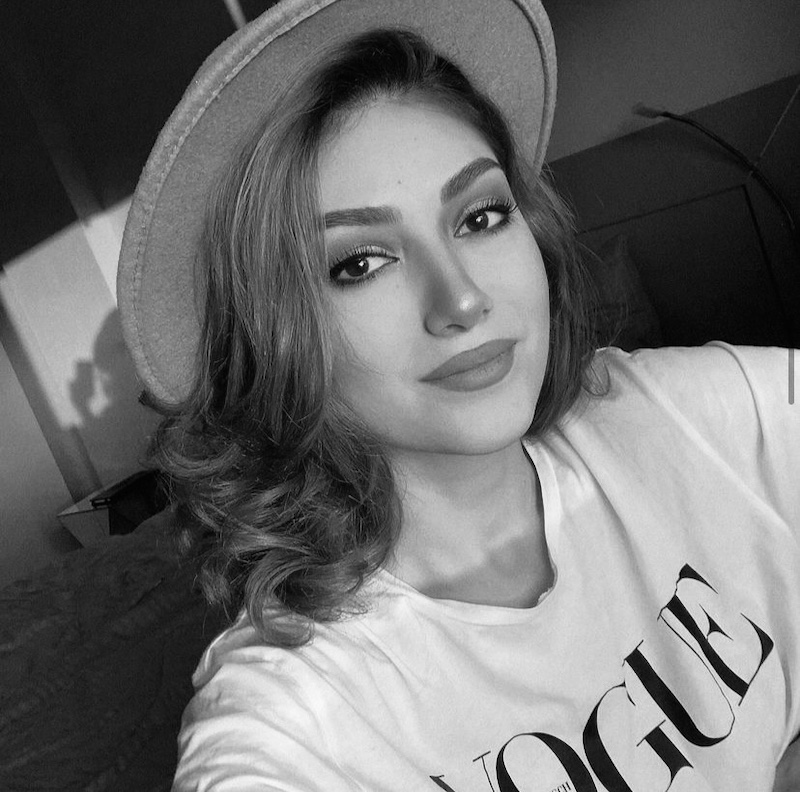
Roya Ghassemi is an exceptional artist and advocate for the freedom and rights of women. With her art, she raises her voice and speaks for all of us - for the women that cannot use their voice, for the ones that are too scared to or don’t know how to.
The native Iranian, who currently is living in Germany and started her professional artist career there, beautifully showcases her thoughts, feelings, and hopes for the female in this world.
Her own experience growing up in Iran, with everything she felt and witnessed was transformed in her artworks.
Her pieces have gorgeous women standing their grounds. These women are simply being free. Being themselves. Their hair and naked bodies stand out as a consistent portrait of the subjects which could be interpreted as their sign of being in control of themselves.
One of her most recent images is in remembrance of the injustice and violence that Mahsa Amini had to suffer during this time of horrific growing oppression of women in Iran. This is sadly a topic that is very current and cannot under any circumstances be ignored.
I applaud this amazing woman, for her courage, her strength, and her creative talent and I am so grateful to be able to share her work and her standpoint with you, dear reader. I fell in love with Roya's work immediately and she brought out so many emotions in me.
I am certain it will be the same with you. Enjoy!
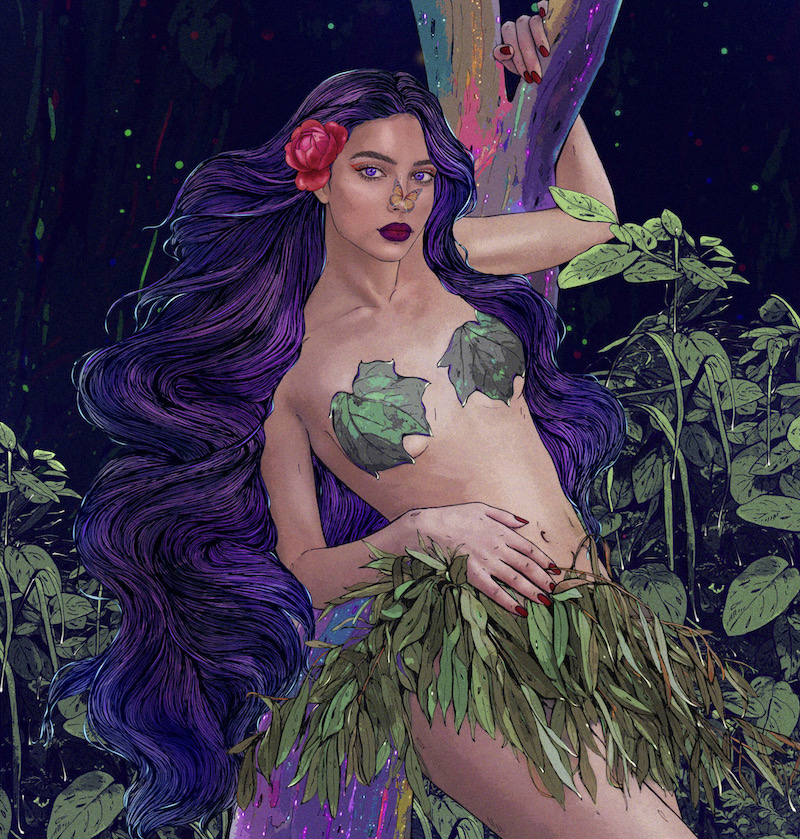
You are an incredibly talented artist that creates images with messages that need to be heard and seen, now more than ever. What is your overall process when creating your images? How long does it take from the idea to the finished piece?
My artwork is very personal, it is rooted in my emotions as I reflect on both the trials of my personal journey as a young woman growing up in Iran and my life ever since and in relation to the feelings I experience as I witness the hardships for all women and oppressed people in the world. My artistic process has evolved over the years, initially, I was a physical artist working with pen/pencil on paper and often painting over these illustrations. As technology has become better, I have been able to learn to transition much of this process to the iPad and now I use both mediums to create my final artworks. In general, the process begins with sketching the rough composition of a piece, followed by refining this sketch with several layers to create the detailed line work which is the basis of my style. For the works I add color to, I continue working with various palettes until I have the mood dialed in perfectly to my emotional expression. Occasionally I work with After Effects to animate my finished product into whimsical looping videos.
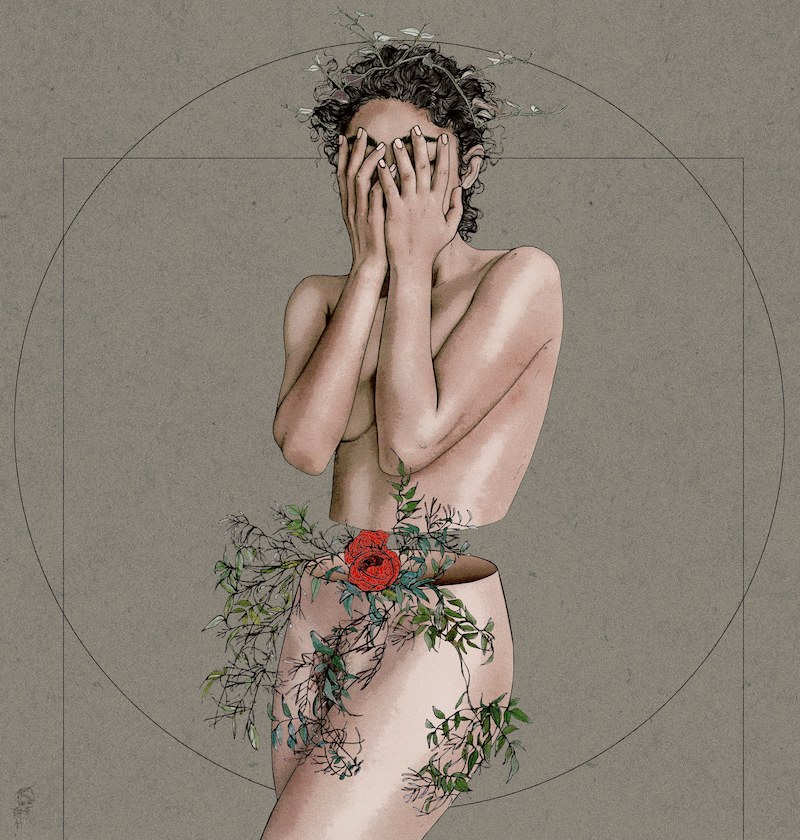
Your beautifully mystical yet hyper-realistic paintings of women show a raw truthful side of wanting to live in peace and are free with themselves their looks, their love, and their sexuality.
Are the women that you draw based on people that you know or made up?
I often take inspiration for my subjects from the people in my life who I look up to or who are part of the story I am illustrating. These may be friends of mine who have become symbols of strength and power, such as Golshifteh Farani, who I deeply admire, or may be figures from specific stories that affect me. More often than this, I take references and inspiration from close friends and colleagues who agree to share a likeness with my artworks. Finally, I use myself as the reference for some of the most personal works I create!
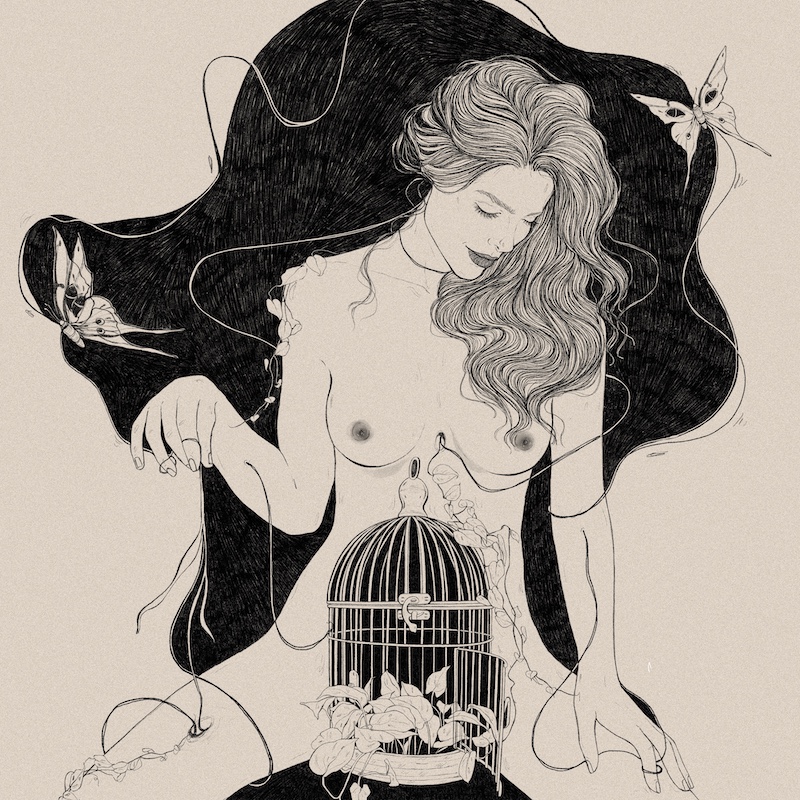
Tell us the inspiration that brought you to create your “Bloom with grace” series.
“Bloom with Grace” is my most personal collection of NFT artworks. These black and white, or lightly colored line art pieces each come from specific aspects of my life. The situations, hardships, lessons, and transformations I have gone through have helped to form who I am as a woman and each of these artworks is like a chapter from the long book of my life so far. I chose this minimal aesthetic for the BWG collection so as to not distract from the symbolic references and simple beauty of the truths I depict.
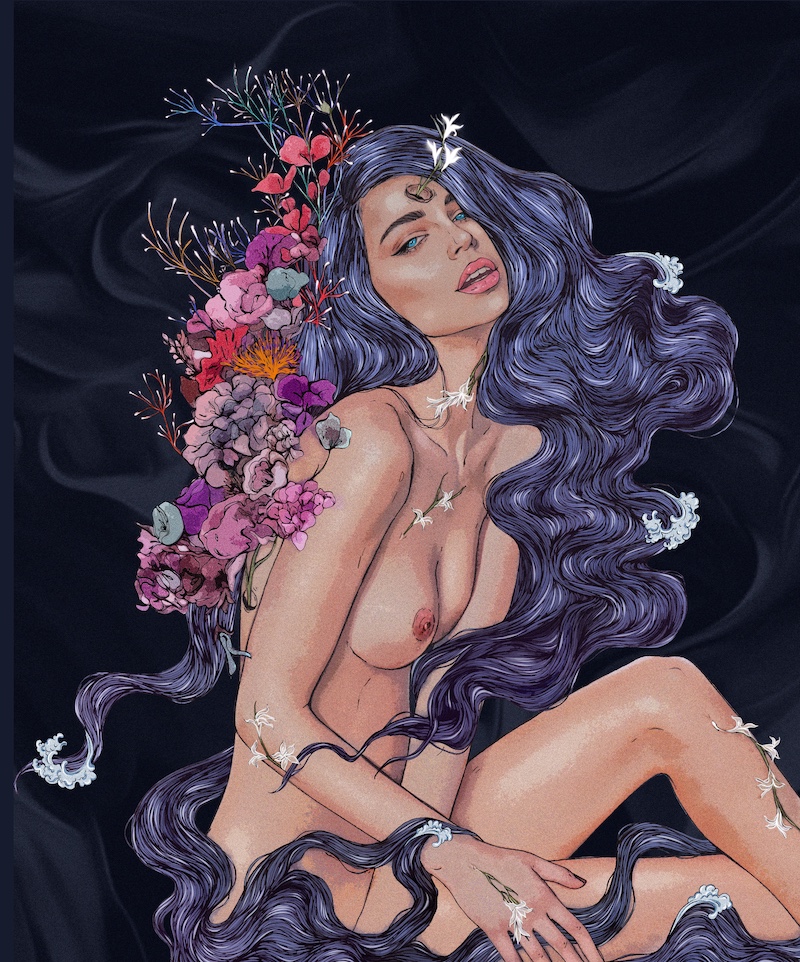
You have been featured in many articles, all mentioning right away what comes immediately clear about you as an artist: That you are inspiring and empowering women with your work!
We have experienced for a long time now in the art world male artists, writers, singers, and filmmakers are treated differently and that their points of view are still more recognized and valued than ours.
What are your experiences on this topic and in what way do you think women represent women differently than men would do?
I have experienced this difficult truth in many ways throughout my career as an artist, and there is a similar though less severe occurrence of this in the web3/NFT space. What frustrates me, and so many of my female colleagues is that there is clearly no distinction between male and female-created art, music, etc. in terms of quality or depth of work. Each artist has the ability to hone their skills and draw from their life or any other inspiration to create incredible works of art, and yet for various reasons men take in the lion’s share of the revenue in both traditional and digital art sales. That being said, I am currently seeing and playing a role in closing this gap in the web3 space thanks to the incredible network of collectors, builders, and other artists who are dedicated to the aim of equality in our young but vibrant industry. More and more I see seasoned and new women artists alike being featured, collected, and sponsored to rise up in the digital art space and this is something I feel both proud of and inspired by. As for the difference between how men and women portray women in art, this is hugely varied and I no longer see it as a convention of gender. Of course, it is easy to generalize that women understand women and can portray a woman in a deeper, more authentic way. Likewise, classically, men may have objectified or misunderstood women in art. But what I am seeing over the last couple of years, as gender roles have become much more fluid and so many new artists have found their styles, is that it’s a very mixed bag. I see caring and compassionate male artists depicting the soft and mysterious aspects of female subjects. I also see women artists depicting the raw sexuality of their gender. As the artists of the new millennium focus on their own inner work and interact with colleagues in ever greater ways, we are breaking all of the rules and stereotypes of the traditional art world.
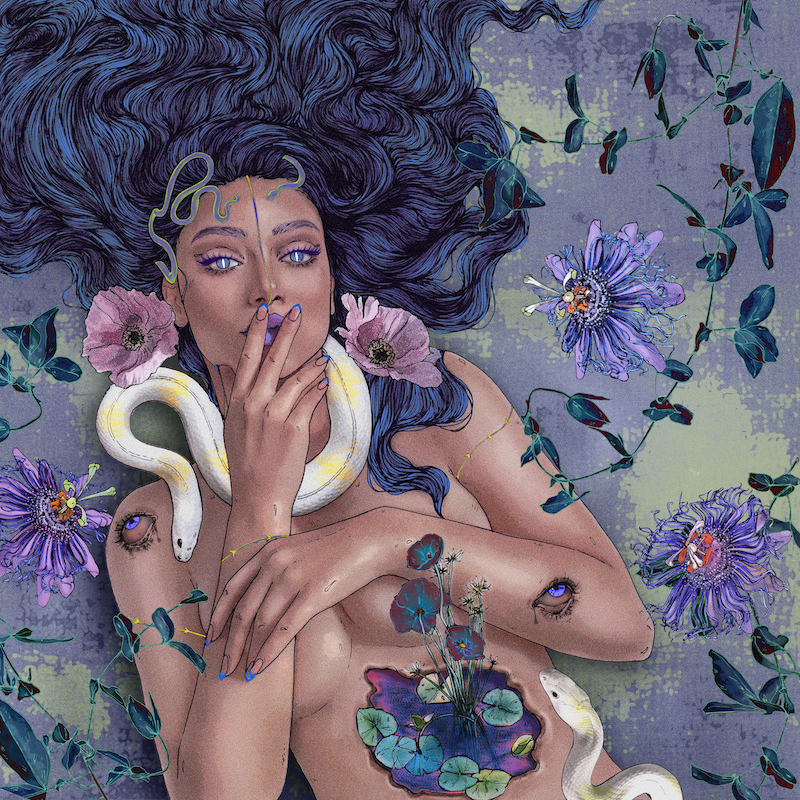
In your biography, it says: Always connected to nature, animals, and the emotive power of color, her art depicts the soul’s journey to freedom in a deeply felt way that transcends words. What brought you to become an artist and has art always been part of your life?
I have always been a calm and curious person, deeply emotional inside, but reticent and reflective in nature. Early in my life, I enjoyed activities that matched my relaxed nature, and art was a major joy for me. I found that I could translate the (often difficult) emotions inside of me onto a piece of paper in ways that my mind could never put into words, and this helped me heal and grow as a person as I got older. I have a naturally steady and certain hand and when I was studying graphic design at the University of Tabriz, my fellow students called me “the ruler” since I could draw perfectly straight lines on first attempt and my line art was always so clean. There is something powerful I feel when I know that what I want to create will turn out right. This positive feedback loop has been there for me in the toughest times, empowering me to live beyond fear and go after what I want. It’s amazing how the littlest things can be the most transformative. In terms of becoming a professional artist, the choice was simple. I knew early on in my life that I never wanted to “work for someone” but rather I wanted to choose my own path, whatever it took. Unlike most of my fellow students at University, I chose to become a freelance illustrator and artists right away after graduating. It wasn’t easy at first, but after several months I found a niche creating beautiful portraits and figurative paintings for people, and through word of mouth and social media I was able to make a great living through art. Best of all, I didn’t have a boss!
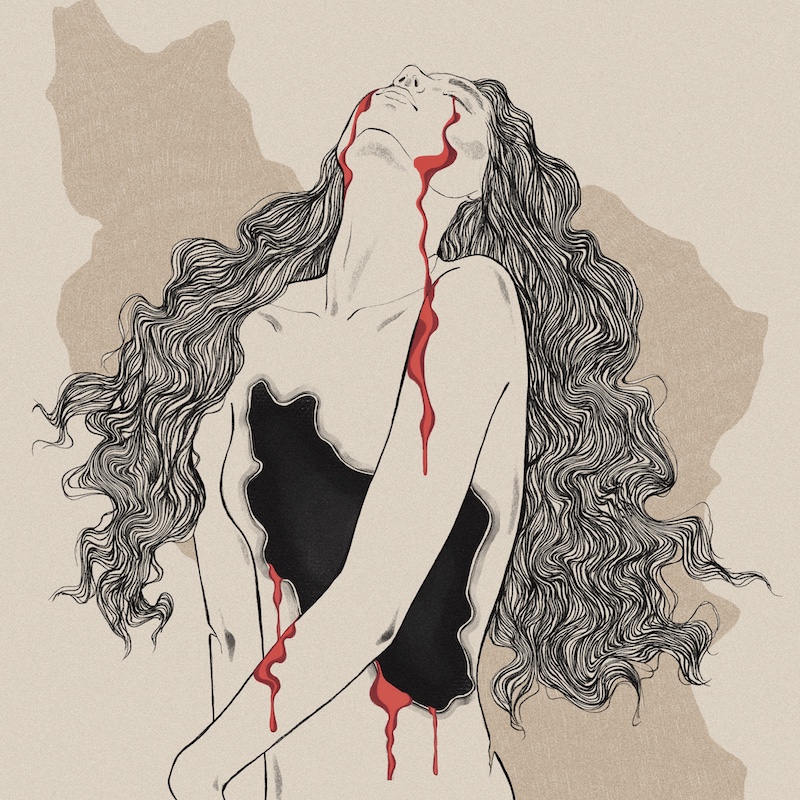
You are of Iranian - German descent and currently living in Berlin, Germany. Tell us a bit more about your childhood and your upbringing.
I am of Iranian descent, and my childhood was a play of opposites. In my own family, I was loved, nurtured, and prioritized by my parents, along with my amazing older sister and younger brother. We are all very close and have continued to care for and help each other all of our lives. Opposing that, growing up in the shadow of the Islamic Regime was one of the most disheartening and infuriating experiences I can imagine for a young woman. Under constant threat and being told very specifically what I could and could not do planted seeds of anger and betrayal in my heart that I continue to work through to this day and probably will for the rest of my life. Not being allowed to sing, or dance, or dress as I wished, or speak my mind in public and in school went against my grain and often made me feel helpless. As horrible as this experience was for me and for countless millions of others who must grow up in Iran, I have also found it as a huge source of my motivation and purpose in life as an adult. Moving to Germany began my professional art career and over the past 7-8 years I have adopted many of the best aspects of western society and been inspired to help as many Iranian women and fellow oppressed artists around become who they are meant to be.
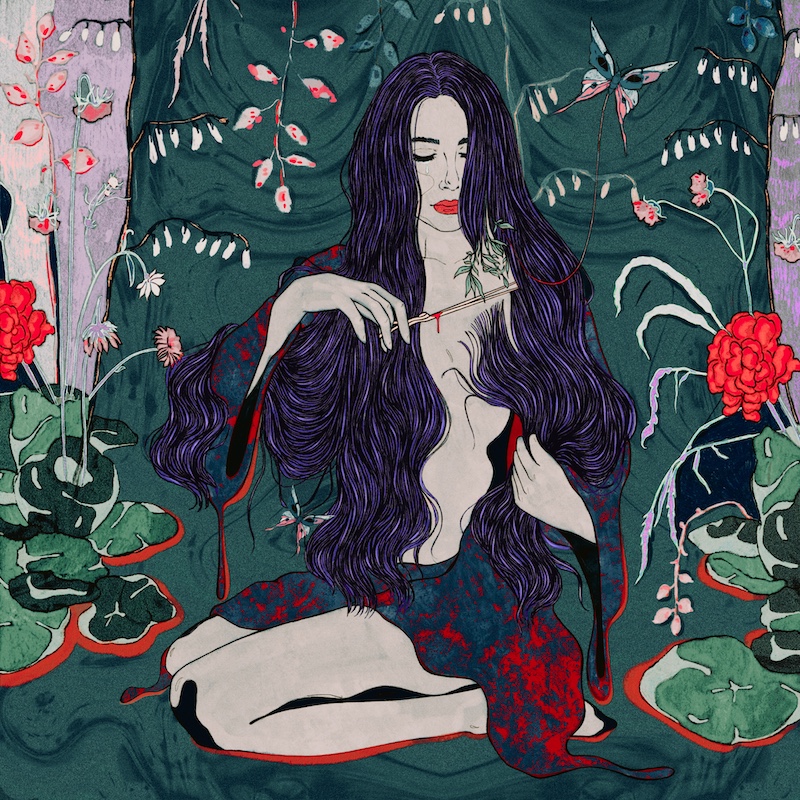
In your latest posts, you are asking for freedom, women’s rights, and for people to be “the voice of Iranians”. Most of your recent work is specifically focused on the oppression and violence against women in Iran and being part Iranian yourself this is especially close to your heart.
Do you believe that art can be powerful enough to make a change and spread the truth about this horrific oppression of women in your country?
I believe art is singularly powerful in transforming the way people see the world around them. Humans are visual creatures, and when art is created from a place of personal transformation, it has a very strong effect on those who see it. While art is one of the best tools we have for transformation, it is largely a starting point – not the destination. Art inspires us to act, inspires us to fight for change. But each of us must choose to live beyond our comfort zones, do the more difficult thing, and stand up for what we believe in. Art will not do this for us, but it will help keep us strong and remind us of what we are fighting for on a deeply emotional level. I continue to witness how empowering the right artwork is to the person who needs to see it at that moment in their life when they may otherwise lose hope.
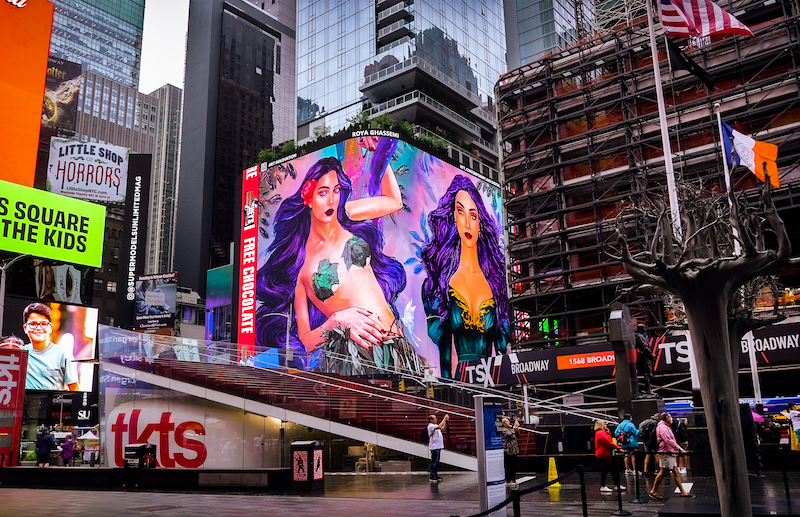
Some artists love touring with their art while others feel the most comfortable working and selling solely inside their safe space- their studio. You are going to be part of the Art Basel in Miami this year.
How are you preparing for art shows like those and do you like showcasing your work in those environments?
I, of course, love creating art in my various creative spaces – as I think all artists do! But yes I also have spent years traveling around the world both to see my art on exhibition and also to meet with artists and other influential people in order to expand my horizons and to learn from those I look up to. I am very proud that this year is the first time my artworks will be on exhibition at Miami Art Basel! My art was featured in two separate exhibitions and the results were breathtaking, to say the least. For events like this, I work with professional event management and exhibition groups to ensure that my art has the greatest possible presentation and effect on the viewer. As an artist, I realize more than most that we all have our specialties, and it is so important to network with and rely on people we learn to trust in our given industry. I couldn’t have made the Armory Exhibition in Times Square, or Miami Art Basel happens without the help of these dedicated teams of people who organize for the artists.
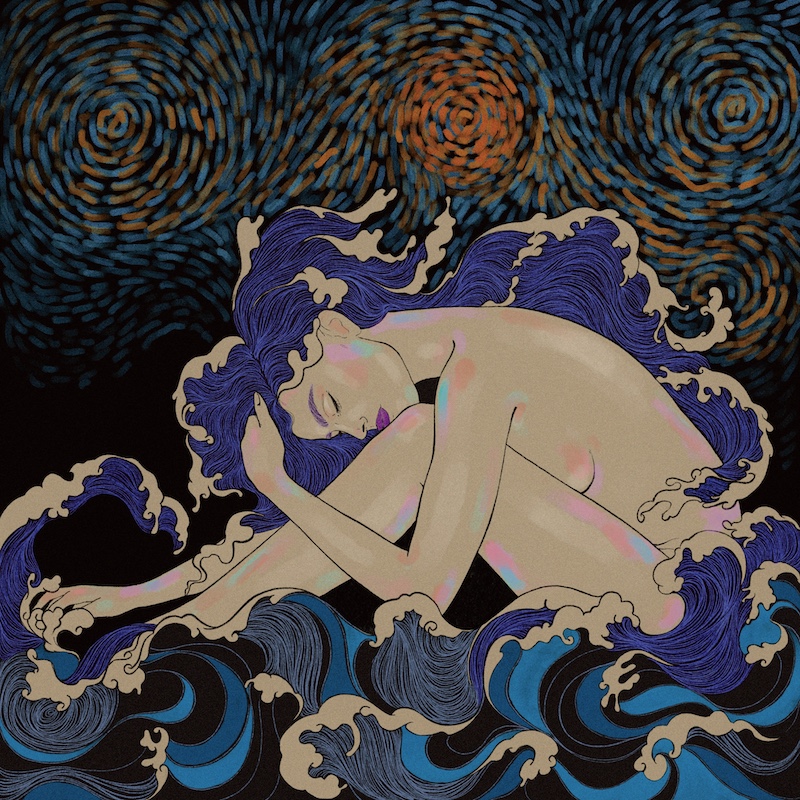
On your website, you describe yourself as an NFT pioneer.
How did you get started in the NFT world and how does it change the game for artists in your opinion?
I had been a professional artist for about 7 years by the time I first heard of NFTs. Some of my colleagues mentioned what was going on in this new space early in 2021 and I decided to look into it. I have never been one to cling to convention, rather I have always tried to change and evolve, so the move to digital art and selling it as NFTs felt natural. Though I was excited about what NFTs could mean to me as an artist, mostly the prospect of no longer relying so heavily on commissioned artworks but rather just creating what I desired most to create and selling directly to collectors, it was not easy in the beginning. I had to become comfortable with cryptocurrency, hone my skills in various digital mediums, and spend countless hours networking and community building before my sales began to amount to anything exciting. For artists who are capable of and willing to endure the rigorous social aspect of being a successful NFT artist, there is nothing more powerful for transforming our ability to earn and live full-time as an artist today. This is the renaissance of this millennium.
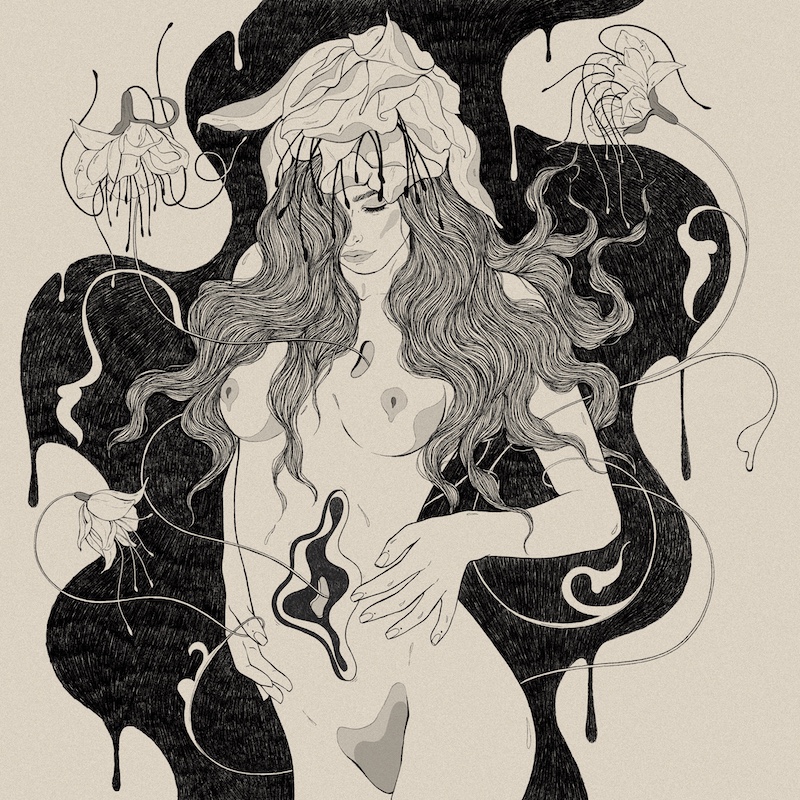
What is next? What are your plans for the future?
I have many exciting plans right now, and honestly, the hardest part at this point is choosing which way to go! As my art and my story have become more popular, I have both the financial capability and critical acclaim to travel and experience world-class exhibitions. I find myself now balancing this exciting time of success for me personally as an artist, with my ever-present dedication to train my efforts on continuing to support women’s rights and help women and oppressed people around the world stand up and become the best versions of themselves. I am currently considering moving to the United States, where I see the greatest advancements in human rights and many of the best artists and art innovations taking place so that I can maximize my reach and potential as an agent for change while continuing to dive deeper into my artistic passion for creating beauty in this world.
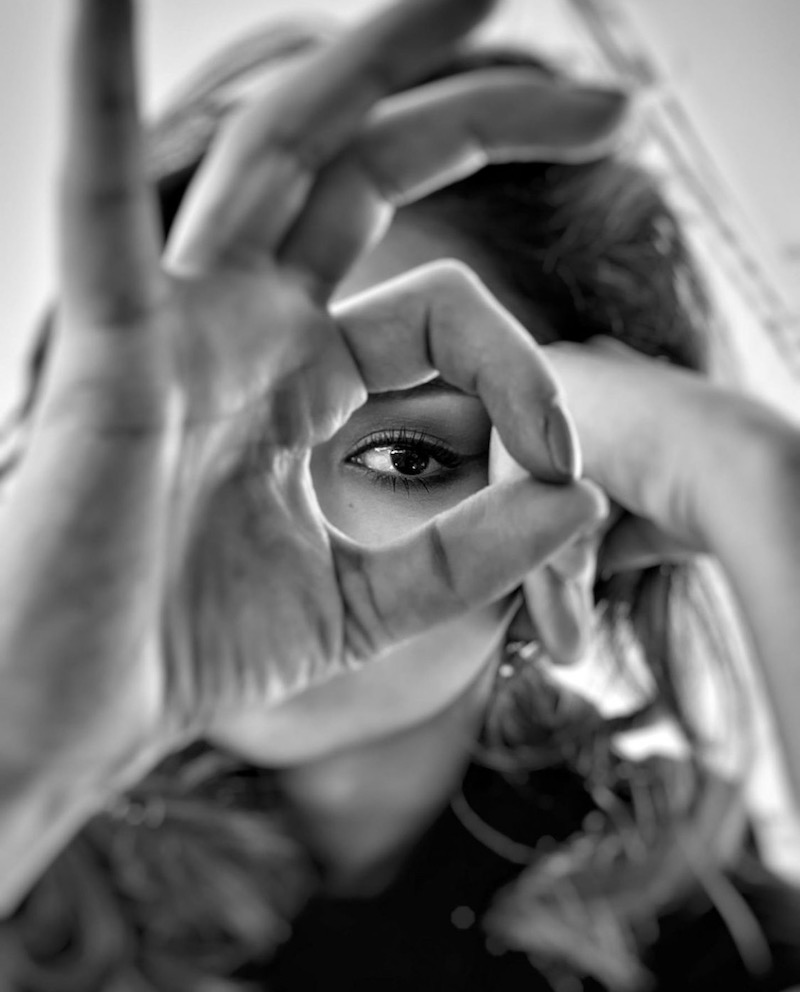
|
|

